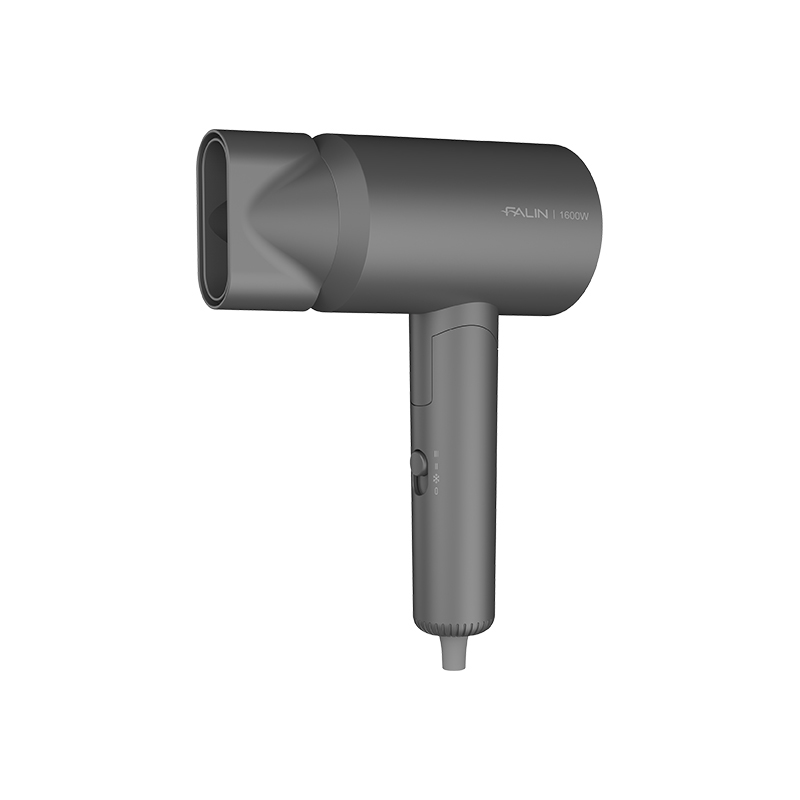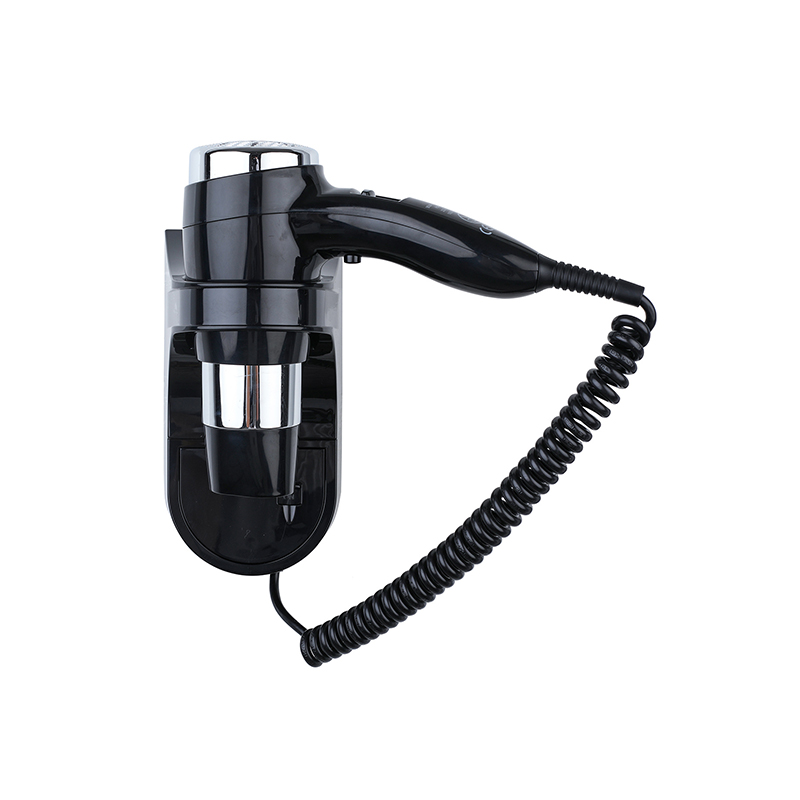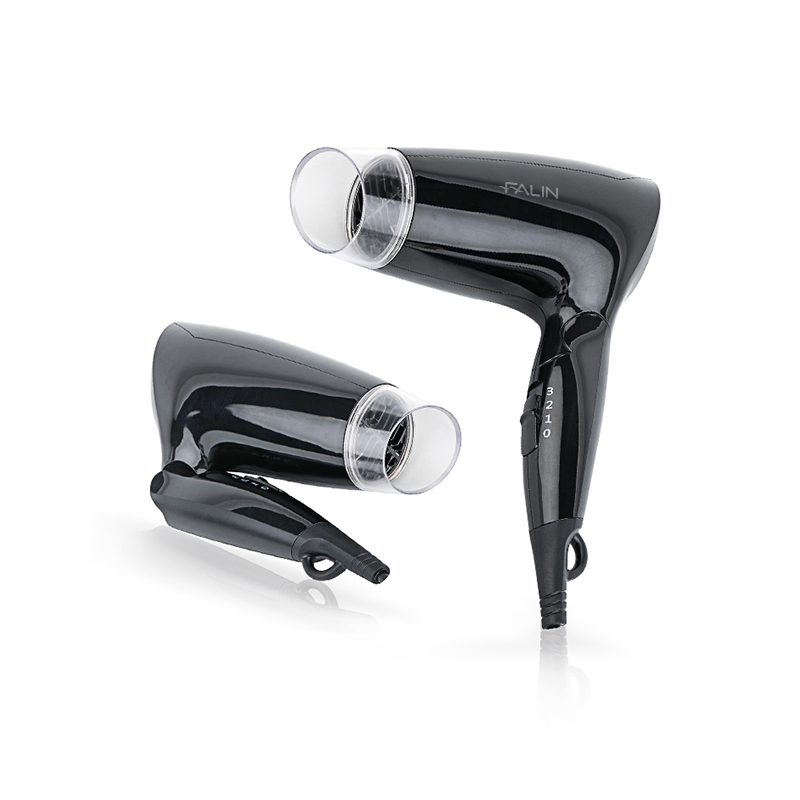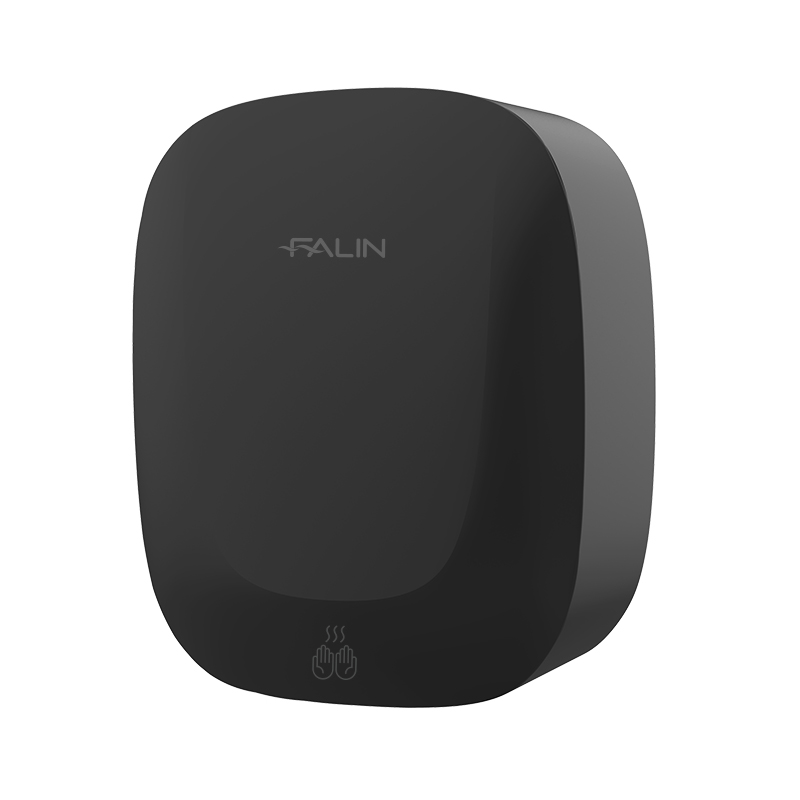
Home hand dryers have become increasingly popular as convenient alternatives to traditional towels for drying hands. They offer a hygienic, eco-friendly, and space-saving solution in bathrooms, kitchens, and other areas of the home. For those considering adding a home hand dryer, understanding the types available on the market can help in making an informed decision that fits specific needs and preferences.
One common type of home hand dryer is the compact electric hand dryer. These devices are designed specifically for residential use, combining a smaller size with quieter operation. Compact electric home hand dryers usually come with simple installation requirements and are often wall-mounted to save countertop space. They operate with a sensor-activated mechanism, allowing for hands-free drying, which helps reduce the spread of germs.
Another type to consider is the jet air hand dryer. Although jet air dryers are more commonly seen in public restrooms, some models are available in compact versions suitable for home use. These home hand dryers use powerful air jets to quickly remove moisture from hands by blowing air at high speed. While jet air hand dryers tend to be larger and noisier than compact models, they dry hands faster, which can be appealing for households with frequent use.
For those looking for a less traditional option, there are blade-style home hand dryers. These models feature two vertical slots where users insert their hands, and air is blown out from both sides, effectively “scraping” water off the hands. Blade-style home hand dryers offer a different drying experience and can be efficient in removing water quickly, though they may require more space than other types.
An emerging category in the home hand dryer market is the portable hand dryer. These small, lightweight devices can be carried in a bag or kept in a drawer, allowing users to dry their hands anywhere, even outside the home. Portable home hand dryers typically run on batteries or USB charging and provide a convenient option for travel or situations where installing a fixed dryer is not feasible.
Another consideration for many consumers is the warm air versus ambient air drying technology. Most home hand dryers use warm air to speed up the drying process, but some models operate with ambient air, which is less energy-intensive and quieter. Choosing between these options often depends on personal preference regarding noise level and energy consumption.
In terms of installation, home hand dryers can be categorized as wall-mounted or countertop models. Wall-mounted dryers are often preferred because they save space and reduce clutter, especially in smaller bathrooms. Countertop models, on the other hand, can be moved and placed as needed, making them suitable for users who want flexibility in their bathroom setup.
When selecting a home hand dryer, it is important to consider factors such as drying time, noise level, power consumption, and ease of cleaning. Many modern home hand dryers include HEPA filters to improve air quality by capturing dust and bacteria during the drying process, which adds a layer of hygiene that is attractive for home use.
The market offers a range of home hand dryers to suit different needs. Whether it is a compact electric hand dryer, a jet air model, a blade-style device, or a portable unit, consumers can find options that fit their space, budget, and preferences. Understanding the types of home hand dryers available helps homeowners choose a dryer that contributes to a cleaner and more convenient hand drying experience.


 English
English 中文简体
中文简体






 Building 19, Block 9, Bihu Wangyang Town, Liandu District, Lishui City, Zhejiang Province, China
Building 19, Block 9, Bihu Wangyang Town, Liandu District, Lishui City, Zhejiang Province, China 